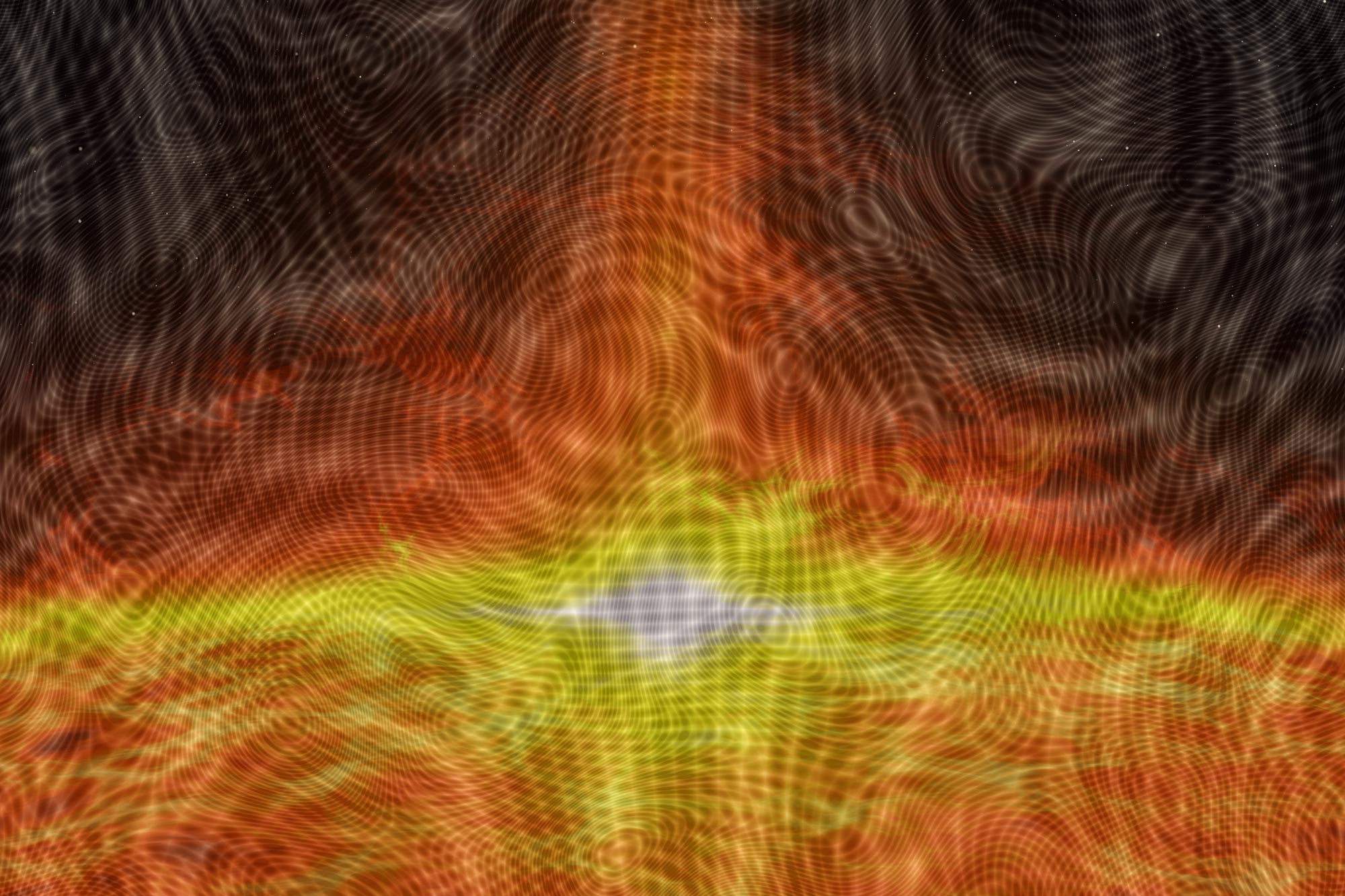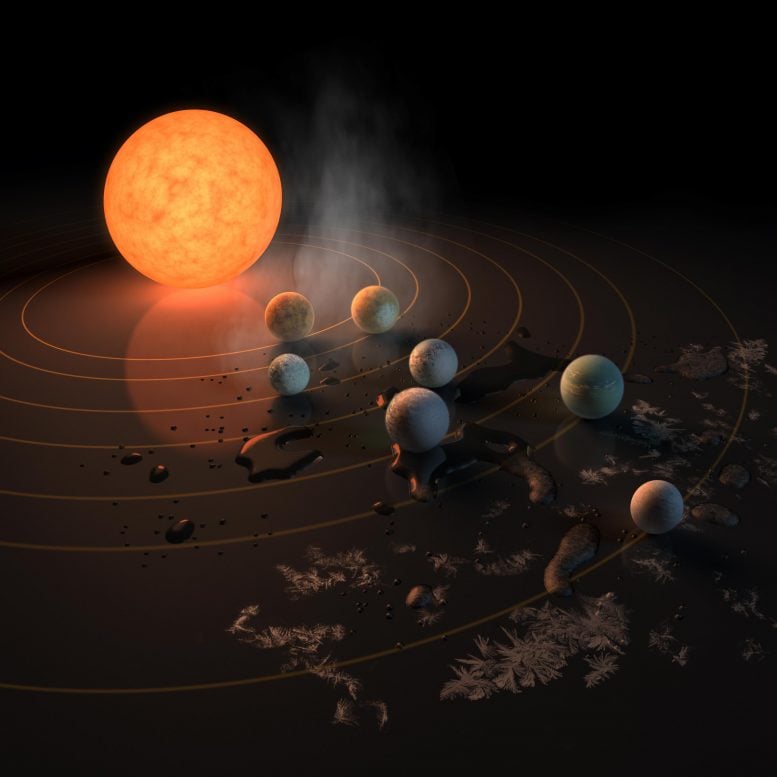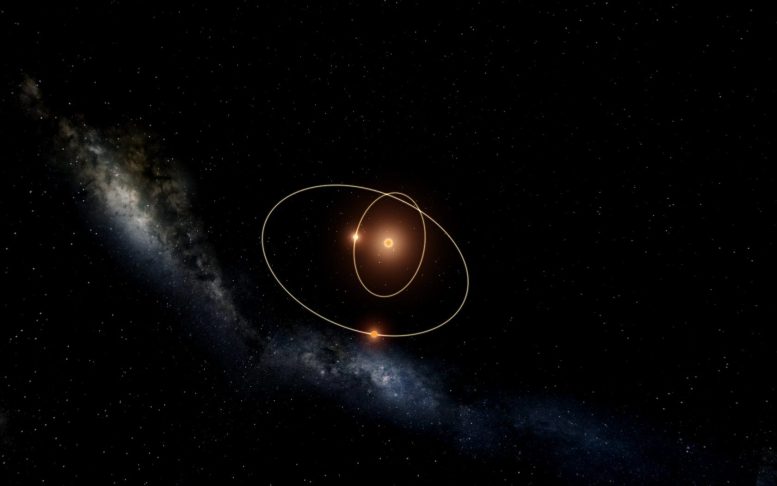A new study has overturned a fundamental principle of physics by demonstrating that similarly charged particles can attract each other in a solution, with the effect varying between positive and negative charges depending on the solvent. This discovery has significant implications for various scientific processes, including self-assembly and crystallization.
The research reveals the importance of solvent structure at the interface in determining interparticle interactions, challenging long-held beliefs and indicating a need for a re-evaluation of our understanding of electromagnetic forces. Credit: Zhang Kang

“Opposites charges attract; like charges repel” is a fundamental principle of basic physics. However, a new study from Oxford University, recently published in the journal Nature Nanotechnology, has demonstrated that similarly charged particles in solution can, in fact, attract each other over long distances.
Just as surprisingly, the team found that the effect is different for positively and negatively charged particles, depending on the solvent. READ MORE...
“Opposites charges attract; like charges repel” is a fundamental principle of basic physics. However, a new study from Oxford University, recently published in the journal Nature Nanotechnology, has demonstrated that similarly charged particles in solution can, in fact, attract each other over long distances.
Just as surprisingly, the team found that the effect is different for positively and negatively charged particles, depending on the solvent. READ MORE...







